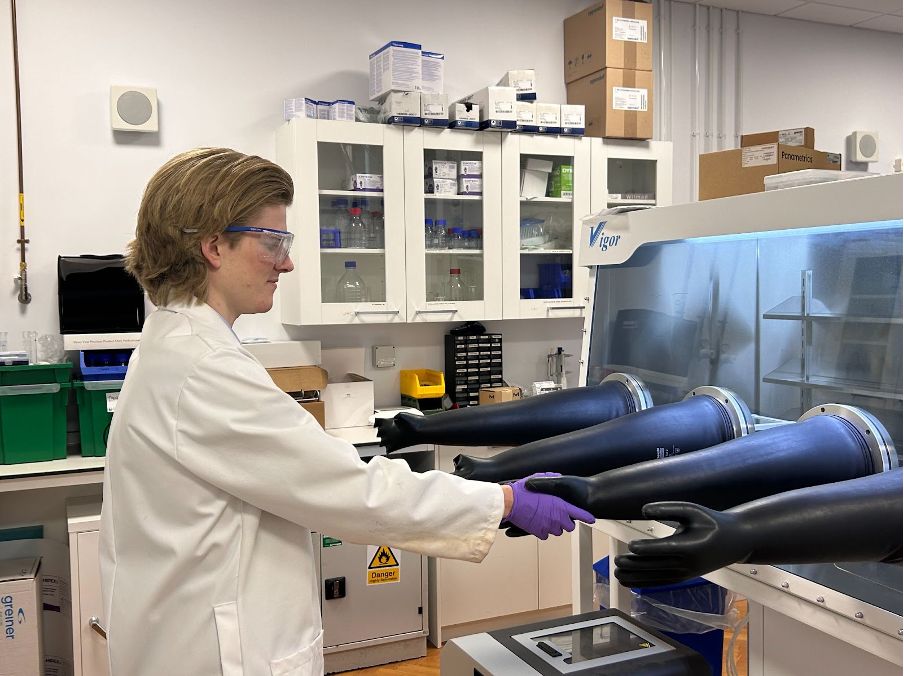
Automated experimentation still needs human hands

Automated experimentation still needs human hands.
We’re building autonomous workflows in our lab - systems that pipette, mix, heat, and analyze reactions - focusing on accelerating our ability to generate data in high-throughput.
But the more we automate, the more we realize just how many edge cases still need thoughtful engineering and human intervention.
Because automation isn’t just an orchestration problem, there’s also physical constraints to be taken into account:
- Some solvents can’t be used because they react with standard 96-well polymer plates.
- Some solids don’t dissolve evenly or settle during dispensing, introducing variability during liquid dosing.
- Some reagents crystallize during storage or clog needles during aspiration. We even ran into trouble with the glue used to seal the well-plates.
These are the kind of issues that aren’t always apparent on a whiteboard - but absolutely matter when generating thousands of datapoints for training robust ML models.
As we all know: The better the data, the better the model.
That’s why we’re investing so heavily in our automation capabilities: to get robust data on an unprecedented scale.
Decades ago, two chemists could perhaps generate dozens of data points in months - in the same time at ReactWise we’re doing thousands.


